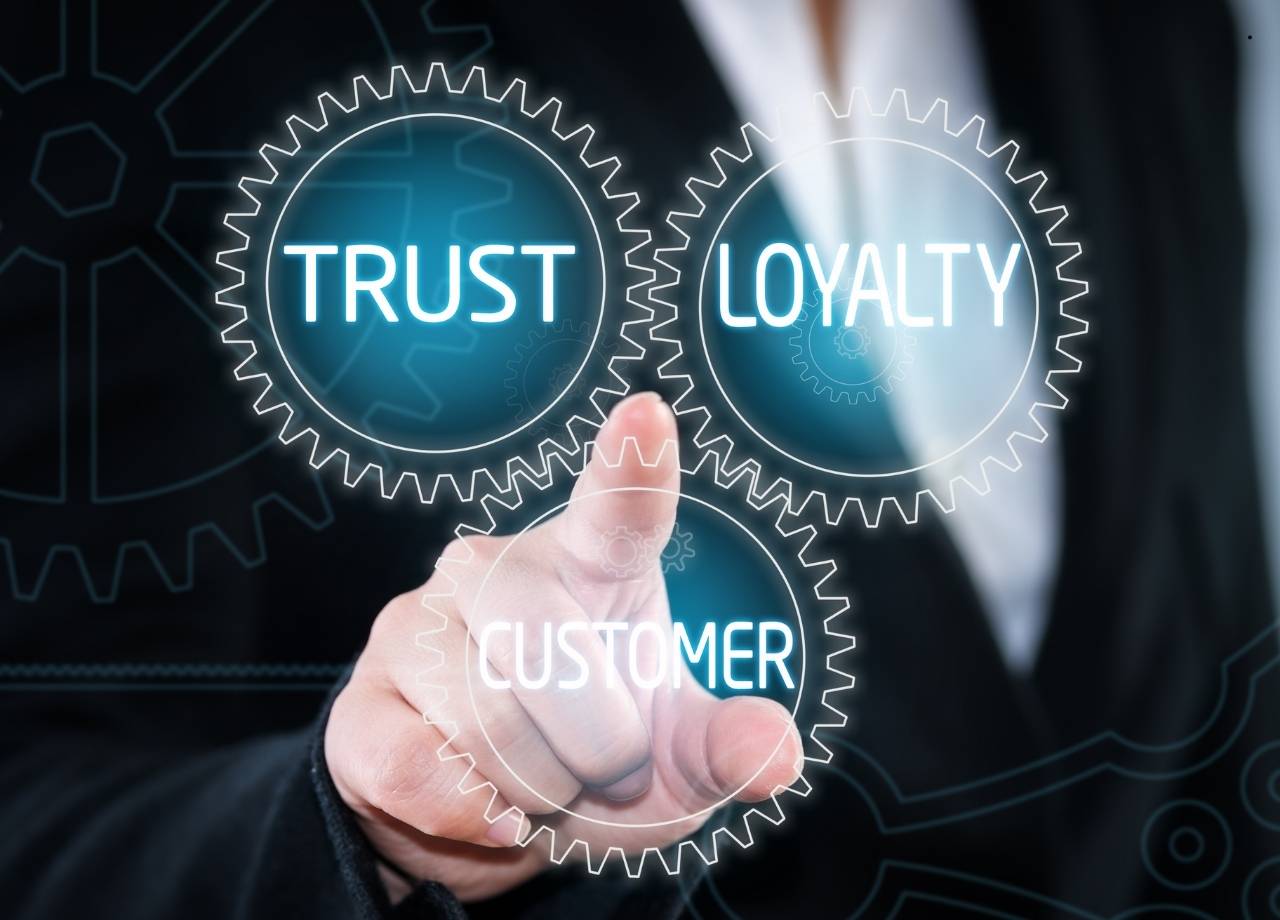
Our planet doesn’t come with a reset button, yet every day brings opportunities to make loyalty programs that reward customers and the environment. Picture a small, local brand in Karachi—I’ll call them GreenRoots—that swapped out point-based giveaways for tree planting, reusable tote bags, and solar-powered workshops. Their customers began choosing GreenRoots not just for the products, but for what those products supported: sustainability, responsible production, zero-waste lifestyles. That change sparked a ripple of excitement through the neighborhood and beyond.
What matters most to eco-minded shoppers isn’t shiny perks but a sense that their choices help something bigger. Let's unpack how brands can match that mindset—and begin taking action that shapes long-term loyalty.
Let Your Values Show in Every Reward
Many loyalty programs start with discounts or free products after a certain spend. Instead, lean into missions that matter: carbon offsets, biodegradable packaging, donations to clean-water projects. This resonates far more with people trying to live intentionally.
GreenRoots’ experience: when they offered a reward tier that covered the cost to plant native trees in Sindh communities, sign‑ups tripled. Customers posted about it, families brought friends, and suddenly the program felt like a community effort, not just a transaction.
To replicate that:
- Partner with local environmental nonprofits and let customers pick the cause their purchases support.
- Give transparency: how many trees planted, kilos of CO₂ offset, number of wildlife habitats protected.
- Frame actions as collective goals: “Help us reach 1,000 trees planted by year-end.”
Lower Barriers with Practical, Everyday Actions
Not everyone can run marathons or donate months’ worth of salary. Offer ways to engage that fit busy or budget-conscious lives. Even small actions become meaningful when repeated and recognized.
Some ideas:
- Branded reusable water bottles or cutlery sets after a few purchases.
- Free recycling kits or repair-voucher access tied to loyalty milestones.
- Credits for bringing your own bag or returning used packaging.
Again from GreenRoots: they saw a 40% increase in customers bringing their own bags after gifting canvas shopping bags at a modest loyalty tier. This kept bags in circulation, cut costs, and boosted brand visibility—all while reducing plastic waste.
Make It Feel Like Membership, Not Just Transactions
When loyalty programs feel cold or mechanical, membership engagement stalls. Eco-customers tend to care about process and honors—not just perks but belonging. Here’s what helps:
- Story-driven recognition. “Eco‑Pioneer” or “Zero‑Waste Hero” badges, shared on social media or app profiles.
- Feedback loops. Invite loyalty members to help choose next green initiative via polls and story features.
- Local community events or workshops. Think sustainable cooking classes, urban gardening sessions—small ticket or free if they’ve earned certain perks.
GreenRoots held a “Repair Cafe” weekend—customers brought broken items, shared skills, built connections. People attended not for points, but to care for stuff and community. That sort of program elevates loyalty into cultural participation.
Integrate Sustainability Into Program Design
Too often sustainability is an add-on afterthought. Better approach: build it into the system itself.
Take convenience stores replacing plastic bags with compostable alternatives. If the loyalty program rewards use of those bags—discounts or perks—it signals sustainability isn’t a side project, but woven through operations.
Practical steps:
- Assess what parts of your program waste energy or materials (paper receipts, promotional swag), then shift to digital delivery.
- Build a tiered system where advancing means deeper environmental impact: from simple eco-swaps to funding renewable energy projects.
Transparency matters: use simple dashboards in apps or on-site displays that show real data. “Today we diverted 50 kg of plastic thanks to you” goes further than just “You earned 100 points.”
Use Partner Collaborations to Extend Reach
Few brands operate in isolation. Eco-conscious consumers care that your partners share similar values. Align with companies in clean energy, secondhand marketplaces, or repair services, and create joint rewards.
Some options:
- Swap loyalty credits with repair‑service discounts.
- Co‑host clothing swaps or toy library events.
- Offer discounted access to workshops hosted by partners.

When GreenRoots paired with plastic‑cycling startups and up‑cycled artists, they gave loyalty members early access at discounted rates—boosting collaboration reach by 60%.
Make Data Work for the Planet—Without Creeping Out Customers
Data helps measure impact and tailor rewards. But customers care how it’s used. Onboarding should include transparent options: “Track number of eco-actions to unlock rewards like this.” Keep data scoped to what matters—no guesswork like tracking location unless directly user‑opted for environmental features.
GreenRoots asked permission to track bring‑your‑own‑bag behavior. Customers could see how many plastic bags avoided, and many shared those metrics proudly online—organic marketing born of clear data use.
Highlight Small Wins Often
It’s easy for sustainability goals to feel distant: “We'll reduce carbon footprint by 2030.” Better to show something today: “Yesterday, we planted 25 trees for our loyalty members.”
Small public updates:
- Monthly impact emails with real achievements.
- Dashboard visuals in apps.
- In-store posters showing current “Bagless Days” count.
These make effort concrete and keep motivation high. If customers can see they’re part of something moving fast, they’re more likely to stay engaged.
Make Membership Feel Exclusive
Exclusivity doesn’t have to equal elitism. For eco-customers, it means access to meaningful experiences:
- Organic farm visits.
- Limited-edition products made from up-cycled materials.
- Early decisions on what causes you support next.
In one case, a coffee roaster offered a “Sustainability Subscriber” option: after signing up, customers could vote on packaging design or choose which local reforestation fund to support. That kept people clicking back to the app, personalizing their membership—and reinforcing the idea they were part of something bigger.
One Subtle Mention: How Tools Can Help
Implementing an integrated, impact-tracking, community-building loyalty program is much easier with a platform that ties purchase behavior to sustainable actions—and provides visibility and engaging digital experiences. That’s where something like Rediem’s solution can help.
Don’t Forget the Power of Reflection & Reinvention
Effective eco-loyalty programs aren’t “set it and forget it.” Renew yourself:
- Use short feedback loops—surveys, sentiment polls after events.
- Share updates about performance and ask, “What should we try next?”
- Use those insights to introduce new reward lines—like electric bike credits or refill-network discounts.
That evolution keeps customers curious and engaged, not just part of the status quo.
Authenticity Builds Advocacy
Customers with strong environmental values don’t just want green rewards. They want to believe you care. Feeding their trust takes consistent action, not just program design.
Here’s a checklist to guard against greenwashing:
- Real metrics: track and publish actual environmental impact.
- Third-party verification: partner with recognized organizations and share results.
- Honest storytelling: when you hit a bump—whether a vendor uses non-recyclable material—say so, and describe how you’re fixing it.
When GreenRoots hit a plastic wrap supplier they couldn’t vet, they paused the product line and posted a transparent note: “We’re working on a better solution.” That may have lost a few sales fast, but earned long-term trust. Their loyalty community grew—not because they got free items, but because they joined a brand that shared their values and held itself accountable.
Valuing the planet can’t be a gimmick—it should guide what loyalty means for your customers. When your program enables them to take simple actions, visibly rewards meaningful impact, invites participation, and adapts to what customers want, loyalty becomes deeper than any transactional program. Instead, customers feel anchored to a shared journey. And in that kind of relationship, retention becomes a by‑product—and advocacy, the natural next step.

